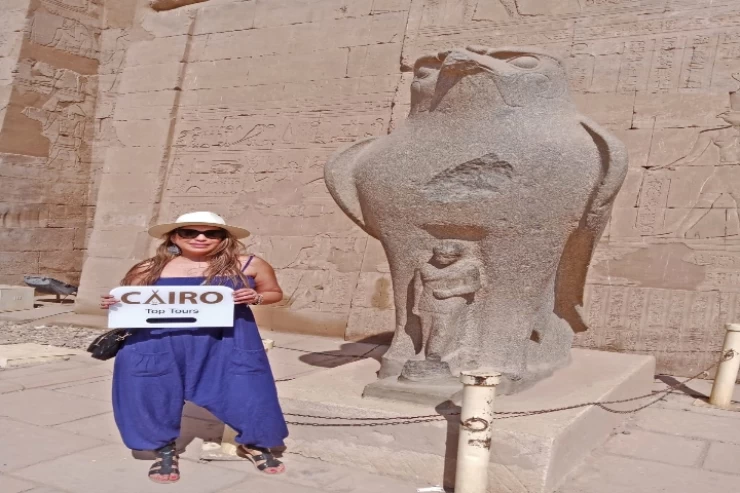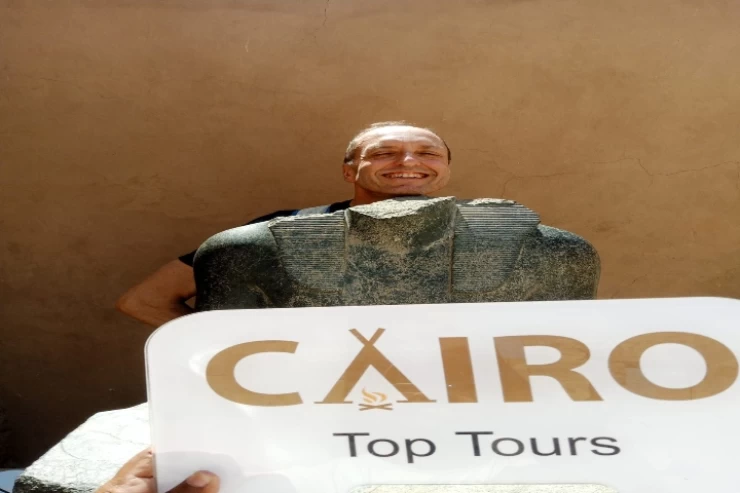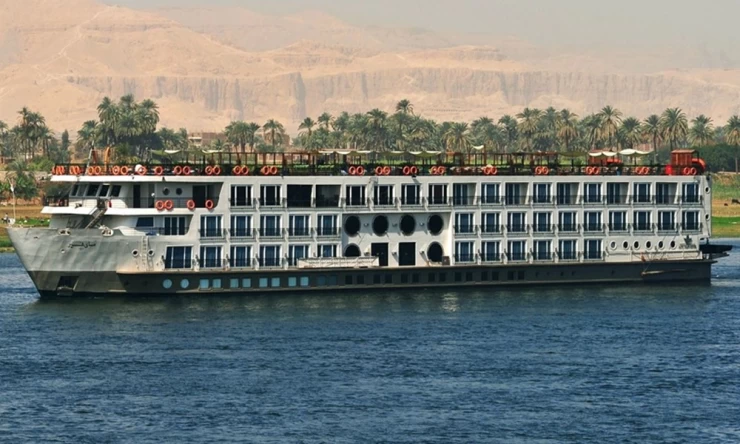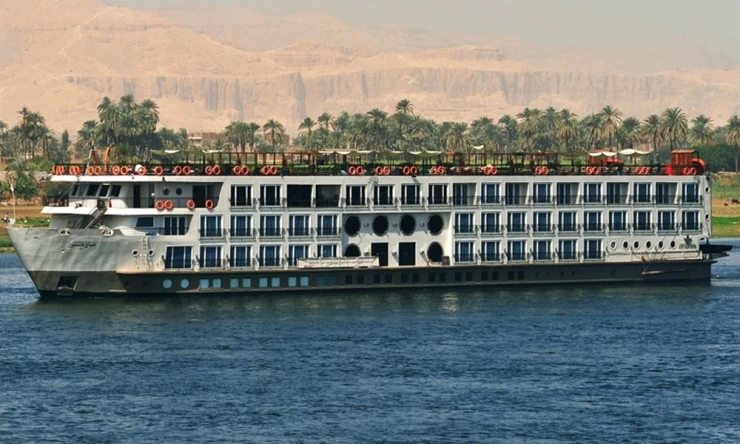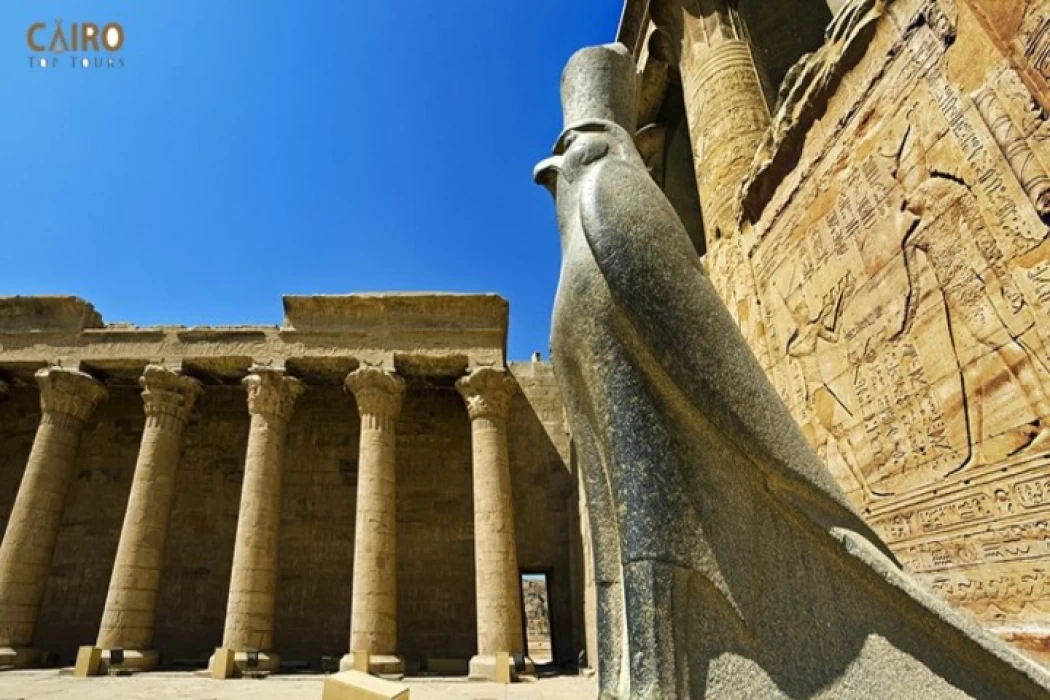
Edfu | The Temple of Horus
The Temple of Edfu
The Temple of Edfu is situated in Edfu, Upper Egypt, on the west bank of the Nile. The city was referred to as Apollonopolis Magna in Latin, honoring the main deity Horus, who was associated with Apollo in Greek interpretation. It is among the most well-preserved temples in Egypt. The temple was constructed during the rule of the Ptolemaic Kingdom from 237 to 57 BC. The writings on its walls offer crucial details about language, myth, and religion in Egypt during the Hellenistic era. The Temple's written texts give information on how it was built and also contain myths about temples being the Island of Creation. Important scenes and inscriptions depicting the timeless conflict between Horus and Seth can also be found in the Sacred Drama. The Edfu-Project is responsible for translating them.
Edfu was one of many temples constructed in the Ptolemaic Kingdom, which also included the Dendera Temple complex, Esna, the Temple of Kom Ombo, and Philae. The size is indicative of the level of prosperity during that period. Construction of the current temple started on August 23, 237 BC, and included a pillared hall, two transverse halls, and a bark sanctuary with surrounding chapels. Construction of the building began when Ptolemy III Euergetes was in power and was finished in 57 BC with Ptolemy XII Auletes as ruler. The current temple, dedicated to Horus, was constructed on the location where an older, smaller temple was built. However, the previous temple was positioned east-west instead of north-south like the new temple. Evidence of a building program for New Kingdom rulers Ramesses I, Seti I, and Ramesses II has been discovered near the current temple in the form of a destroyed pylon to the east.
The inner sanctuary houses a naos belonging to Nectanebo II, an artifact from a previous structure, while the bark sanctuary of the temple is enclosed by nine chapels.
The temple of Edfu stopped being used for religious purposes after Theodosius I prohibited non-Christian worship in the Roman Empire in 391, leading to the persecution of pagans. Like in other places, followers of Christianity who became dominant in Egypt destroyed many of the temple's carved reliefs. It is thought that the burned ceiling in the hypostyle hall, which can still be seen today, was caused by a deliberate fire meant to eradicate pagan religious symbols.
Throughout time, the temple became covered by 12 meters (39 ft) of moving desert sand and deposits of river silt from the Nile. The residents living nearby constructed houses right on top of the old temple site. In 1798, only the top parts of the temple pylons could be seen, as a French expedition recognized the temple. French Egyptologist Auguste Mariette initiated the project of excavating the Edfu temple from the sand in 1860.
The Temple of Edfu is almost completely preserved and serves as a fine representation of an ancient Egyptian temple. Its importance in archaeology and excellent state of conservation have turned it into a popular tourist destination in Egypt and a regular stop on many Aswan day trips and Nile River cruises. In 2005, the temple's access was improved by adding a visitor center and a paved parking lot. A lighting system was installed in late 2006 to enable evening tours.







